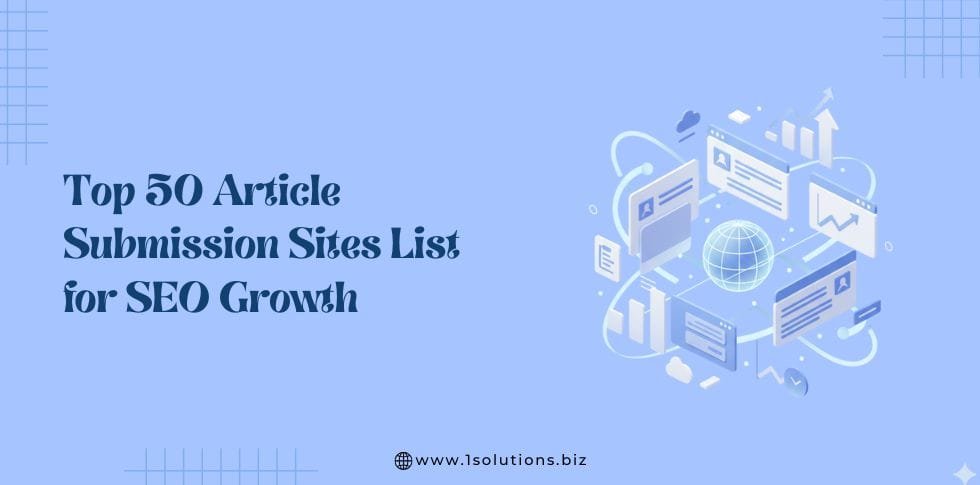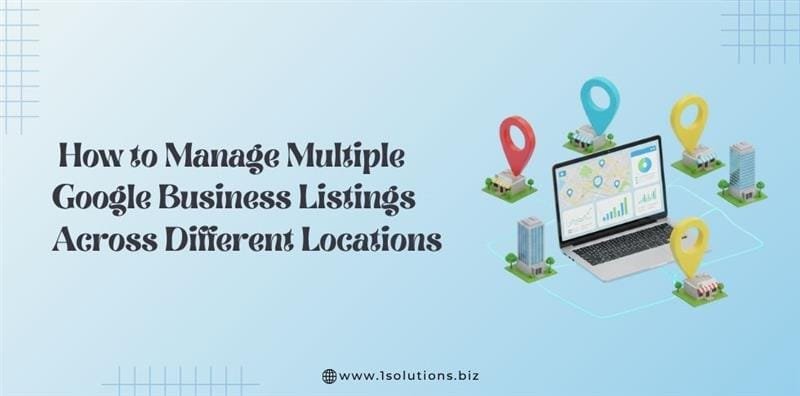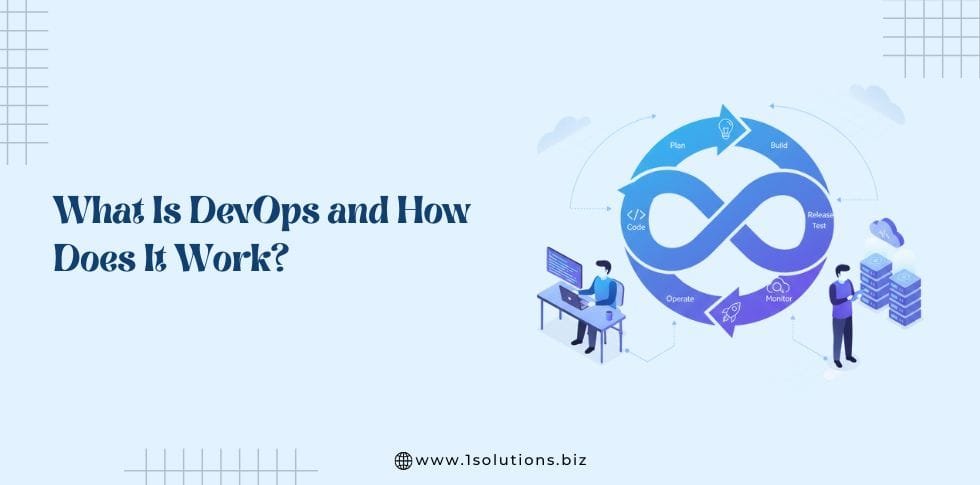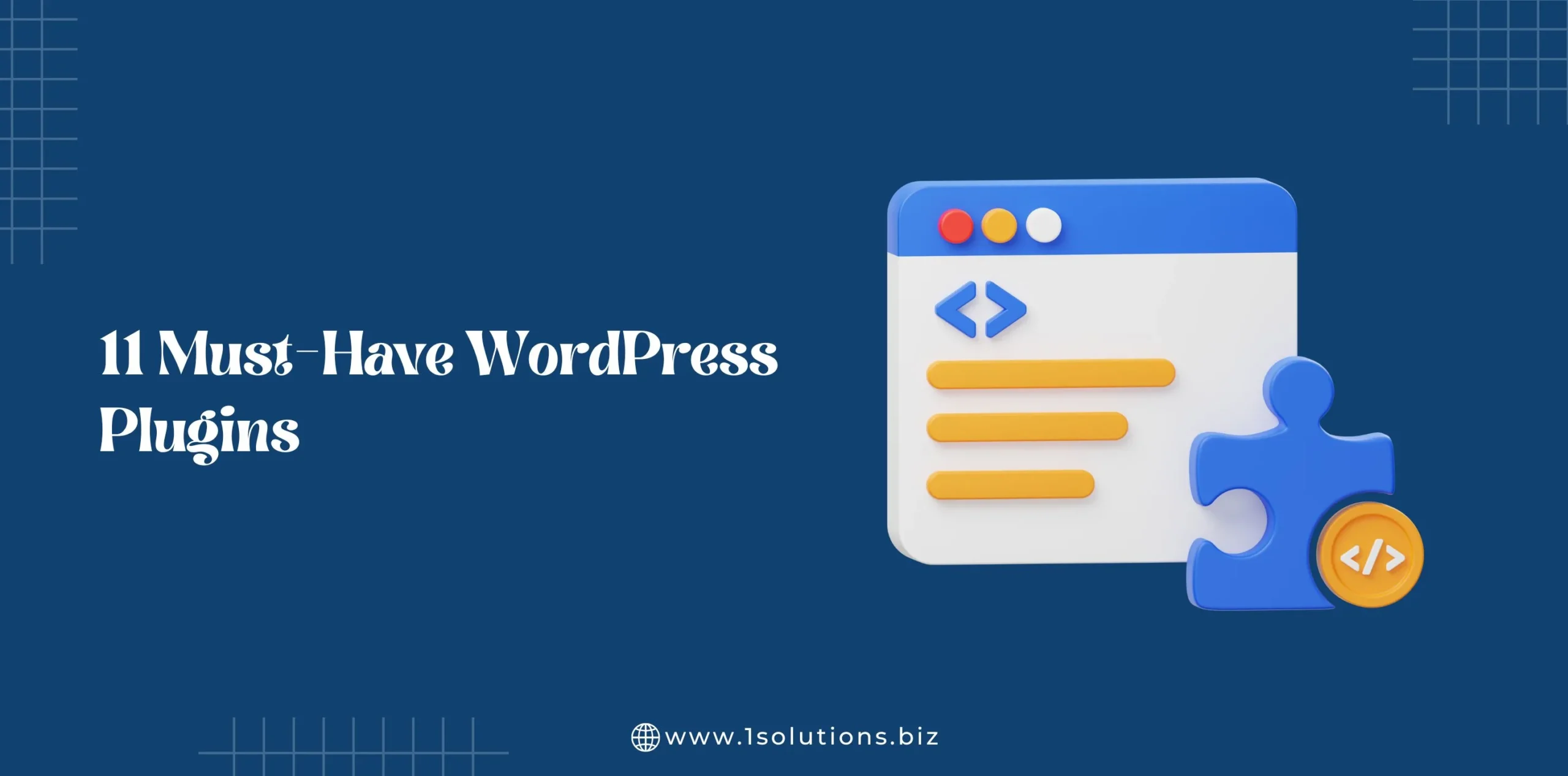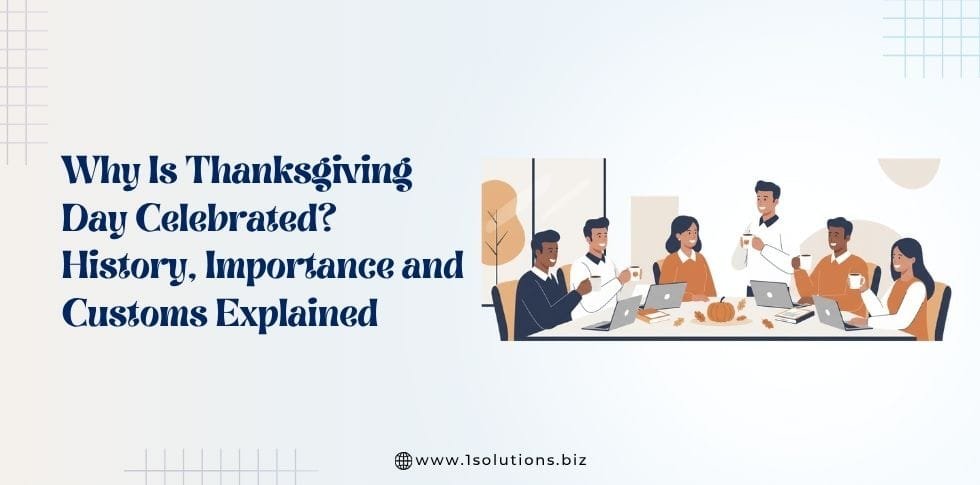The goal of your client journey is loyalty, as any small eCommerce business owner is aware. You want patrons who will support you regardless of the issue, be enthusiastic about the debut of your products, and return frequently.
Loyalty marketing, a relatively new concept, is the secret to developing these brand champions. Additionally, even while a loyalty program for clients is an excellent tool, it is not the be-all and end-all. Every stage of the client journey is included in loyalty marketing, which, when executed well, is an excellent growth strategy.
Without any further ado, let’s dive right in and discuss what exactly customer loyalty marketing means, what it can accomplish for you when practiced, and how you can start using it right away.
Loyalty Marketing: What Is It?
Utilizing the marketing tactic known as loyalty marketing is among the most effective strategies for achieving long-term success. While you have a variety of choices (strategies, if you will) at your fingertips to make this happen, let’s commence with a definition of loyalty in marketing.
The marketing strategy known as loyalty marketing focuses on maintaining current clients by offering rewards that keep them interested. It is not difficult to understand how such a loyalty program accomplishes this. Rewards are incentives and engagement results in repeat business.
Let’s examine another illustration, namely a community group revolving around a Facebook brand. Engagement is talking to customers who share your interests, which is what incentives are.
Everything which meets these two standards is referred to as loyalty marketing:
● Offering rewards.
● Keeping clients engaged.
Intentions Behind Loyalty Marketing
The ultimate objective of loyalty marketing would be to establish a base of devoted patrons who will promote your products to others. But let’s look at that more closely.
The following are some specific objectives of loyalty marketing:
1. Spend less while earning more. Since existing customers are more profitable, one of the major advantages of keeping existing clients is that it lowers customer acquisition costs.
2. Make a community that everyone desires to be part of. Customers occasionally stay in contact with you for purposes other than making purchases. Through loyalty marketing, you can keep customers by providing value-added services, cultivating an air of exclusivity, or making the most of word-of-mouth recommendations.
3. Helps you with marketing by providing real-time customer data. Data is used to support the greatest business decisions since it can forecast consumer behavior. You can learn a lot about what customers value and find motivation in your existing marketing methods via using the performance of the website obtained through analytics of a web page or loyalty program data.
How to Gauge Client Loyalty
You can get useful information through loyalty marketing, but only if you know how to put it to use. These 5 crucial criteria can help you assess the efficacy of your loyalty promotional campaigns.
CRR
The ultimate objective of loyalty marketing is a high rate of customer retention. CRR is a metric that identifies how many clients you keep over time. It is the proportion of your regular clients who have previously made a purchase from you over a set period of time.
Let’s say, for illustration, that on January 1st, you had 10 consumers. In June, you still have 8 of the original 10 customers after launching a new loyalty program and gaining 4 new clients. The CRR for you would be (12 – 4) / 10. This indicates that you kept 80% of your devoted customers—well done!
NPS
Another excellent tool for assessing the success of your loyalty campaign is the Net Promoter Score. You want people to yell from the rooftops how fantastic you are. Unfortunately, terrible news can spread just as swiftly in reality. NPS compares the proportion of promoters—those who would suggest your brand to others against the proportion of distractors—those who would not.
An online poll that asks, say, “On a scale of 1–10, what’s the probability that you will refer this brand to others?” is used to calculate NPS. Everyone who assigns you a score of 0–6 is a diverter, a score of 7–8 are inactive ones, and a score of 9–10 are pushers.
By adding the percentage of pushers and removing the percentage of diverters, you may determine your NPS. Imagine conducting a poll of 100 clients. You receive either 9 or 10 from 50 people, 7 or 8 from 30 individuals, and 1-6 from 20 clients. You might calculate as follows: In this case, NPS equals the following formula: (50 – 20) / 100 = 30%.
AER
A high rate of active engagement is essential if you run any sort of rewards program, be it a point- or referral-based one. This identifies the proportion of participants in your program who actually accrue or use points.
You can determine the efficacy of your program using this metric. You might have to review some of the features of your program if you have got a low AER. Are points too difficult to obtain? Are your awards not inspiring to your customers?
Aim for a strong active engagement rate because the purpose of loyalty marketing should be to maintain consumer engagement.
RPR
This is yet another excellent concrete metric that will show you how your efforts in loyalty marketing are impacting sales. The number of repeat consumers that make purchases from you over the course of a year is shown by your rate of repeat purchases. Because you do not have to spend a lot of money acquiring them and because they will be the folks endorsing you to their friends, you want consumers to keep coming back.
Depending on the characteristics of your goods, you may utilize a different number of purchases for this calculation. If you sell apparel, for instance, you might prefer to see clients make 5 to 10 purchases per year, however, if you sell furniture, 2-4 yearly purchases might be sufficient. Depending on your own objectives and your competition, an RPP of 20–40% is often regarded as satisfactory.
LCR
A high rate of loyal customers is the goal of loyalty marketing and seems to be the talk of the town. Although the repurchase rate from the paragraph above is somewhat arbitrary, a customer who is loyal is one who makes more than four transactions from you each year. This indicator reveals the proportion of your whole consumer base that is brand loyal.
Your ability to invest less time and money acquiring new customers and start having your devoted brand supporters handle a few of your marketing will increase as your loyal consumer rate rises.
Let’s look at some realistic ways you may implement loyalty marketing, which is one of the finest strategies to raise your LCR.
3 Ways to Use Loyalty Marketing to Increase Sales
There is more to customer loyalty marketing than merely adding a points system to your website. It is about developing a marketing plan for small businesses that entails rewarding your customers for continuing to interact with you.
Let’s see how to excel at client loyalty marketing and foster a positive client experience.
Programs for Loyalty
Loyalty programs are an excellent tool for fostering client loyalty, even though they might not be the only ones. This covers all programs, including referral programs, VIP programs, and point systems.
You may raise your AER, RPR, and LCR by rewarding customers with points and awards. On the other side, referral programs are a fantastic way to raise NPS. The greatest of both worlds is to have them both.
For instance, you may use your VIP program to reward customers. Customers are urged to make larger purchases in order to accumulate more points and advance through their desired tiers to obtain even more wanted incentives. This is an excellent approach to promote brand loyalty and guarantee that customers return time and time again to accumulate points and redeem them for worthwhile prizes.
The So-called Value-add Promotion
Anything that improves the customer experience outside of your items is considered value-add marketing. This covers content marketing techniques including blogs with educational content, how-to articles, style manuals, YouTube tutorials, recipe posts, and more.
Additionally, content marketing is a fantastic strategy to raise the business’ SEO (search engine optimization), which also will aid in attracting new clients. They have a motive to stick around after they discover this useful content.
With your own blog micro-website, you might advance your value-add marketing. For creating a micro (or any other) website, you should try one of the tested major website builders on the market. You need a builder that offers the greatest overall user experience, features, and templates.
On micro-websites you set up, customers can get answers to any questions they may have with the help of content categories like tendencies, opinions, courses, procedures, discussions, and clips.
In order to receive the value directly in their email, they can also sign up for their newsletter. Because they serve as a regular alert to your consumers that you exist and are useful to them, email marketing strategies like this one are excellent customer loyalty marketing strategies.
Social Media Groups
Online communities for brands are among the best tools for achieving long-term expansion. They provide an opportunity for your loyal customers to interact and interact on a personal basis. This is something that would be more important to them than any service or product you could offer.
Think about using social media to build an online community for your brand in a cost-effective manner. Customers can share anything of a private nature on this distinct, private Instagram profile (for example) as long as it relates to just what your product is, i.e. expressing themselves. We think it sounds terrific, and your expanding community will concur!
Any channel that best aligns with your target audience can be used to develop online brand communities, including exclusive Instagram pages, Facebook groups, website forums, and specialized apps.
Giving your customers a space to connect is invaluable and will enhance your customer loyalty marketing, regardless of the option you choose.
Get Set and Go Grow
You are now prepared to implement your consumer loyalty marketing plan in order to expand your small business. Customer loyalty marketing has been defined for you, along with its benefits, measurement methods, and application to brands. Give yourself a high five for learning so much in only one blog post.
Always remember to ask yourself the following two questions before implementing a new marketing strategy:
● Does this encourage my clients?
● Will it keep them and interest them?
Continue and reach your growth objectives if you can affirmatively respond to each of those two separate questions!



















